Uber Master Coach Richard Leider
/Photo Credit: Craig Neal
by Rachel Harris
Heartland Group was founded twenty years ago in service to organizational transformation and the people who make that possible. Longtime colleague, master coach, and bestselling author Richard Leider, recently recognized Heartland's milestone. Richard, founder of Inventure - The Purpose Company, is ranked is ranked by Forbes as "one of the Top 5 most respected executive coaches." He notes Heartland's 20-year business anniversary:
"Purpose. A hard word to define, perhaps. It may not have a name or a face. We may not immediately see it as purpose, but it is there. And, Patricia and Craig saw it, named, and have worked it with grace and integrity for the past 20 years! They have held the center on the art and science of "convening with purpose". And, that has helped many of us to be confidently connected with something larger than our own lives."
~ Richard Leider, Bestselling author of The Power of Purpose
Richard has worked with over 100,000 leaders from over 100 organizations speaking on the power of purpose. Heartland has been honored to have Richard write the Foreword to Heartland's book The Art of Convening. In the foreword Richard writes:
"Many, many books come across my reading table each year, but it has been a long time since one of them affected me as much as this one has. It has struck some deep chords within me. It has reminded me that each gathering is a sacred adventure where even our struggles can lead us to what mythologist Joseph Campbell called “the rapture of being alive.” You hold in your hands a wise book."
If you are wanting to convene with purpose in your own life, you can learn and lead with grace by reading and reflecting on the 9 chapters of The Art of Convening book.
Learn How to Convene with Purpose:
Convene with purpose in your next meeting. Move beyond facilitation to profound connection. Using the Art of Convening, transform your meetings, boost ROI, and retain your best people. Give us a jingle at 612.920.3039 to get started. Follow us on our LinkedIn page to receive helpful tips on the art of convening.




![[Hearth] Voices from Ukraine: Part 2](https://images.squarespace-cdn.com/content/v1/58a4e3be9de4bb98b066fd6f/1647955546471-VUGA4FCGFEUYJ29TEQVA/sunforest-mix-sunflower-types-1586794598.jpeg)

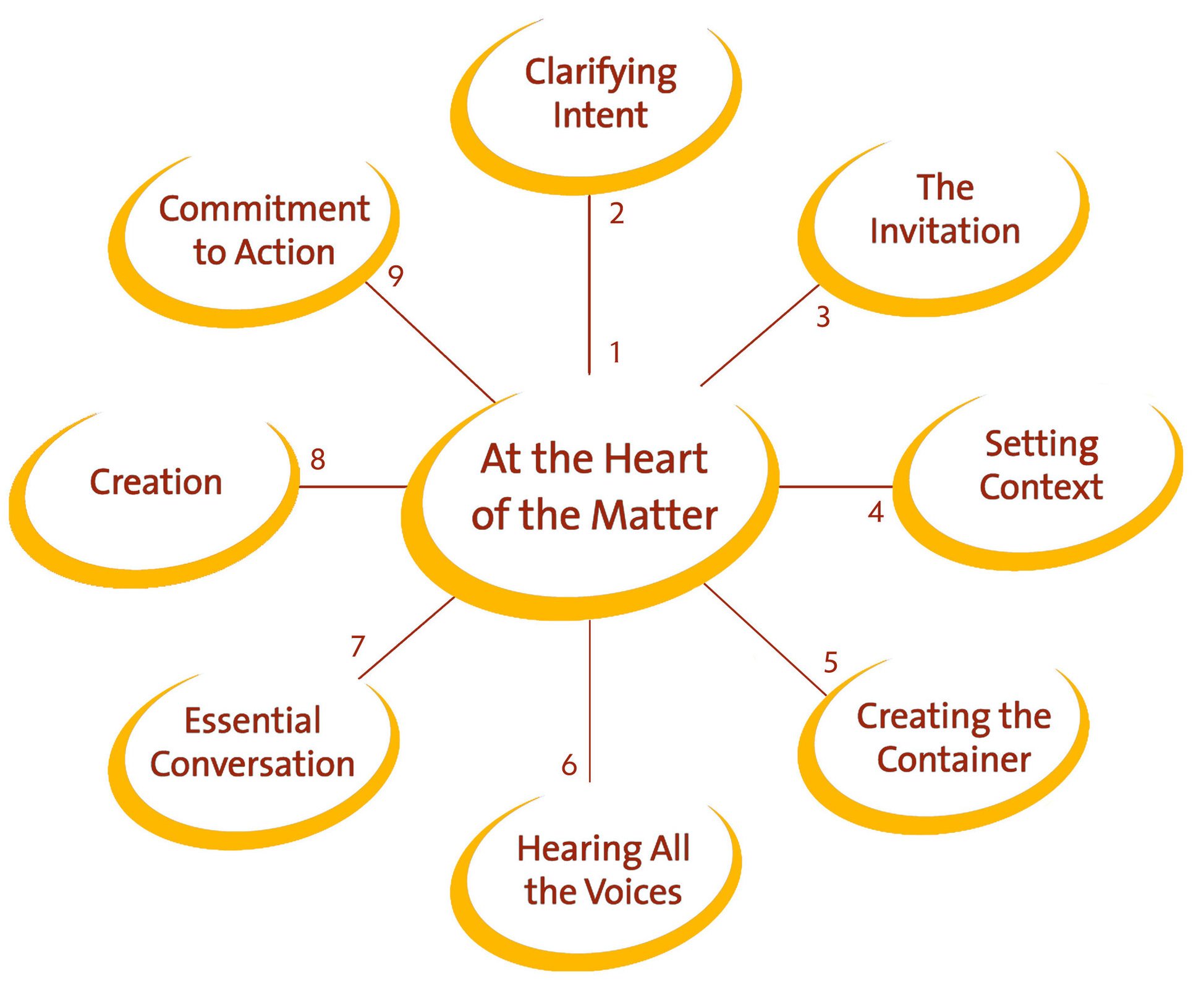

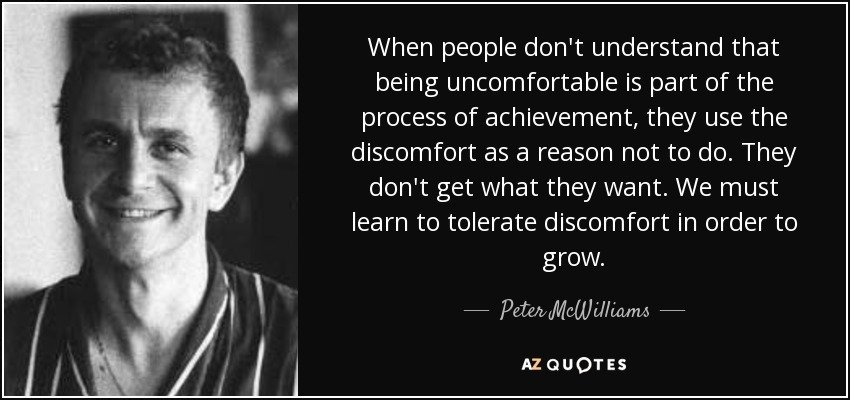
























































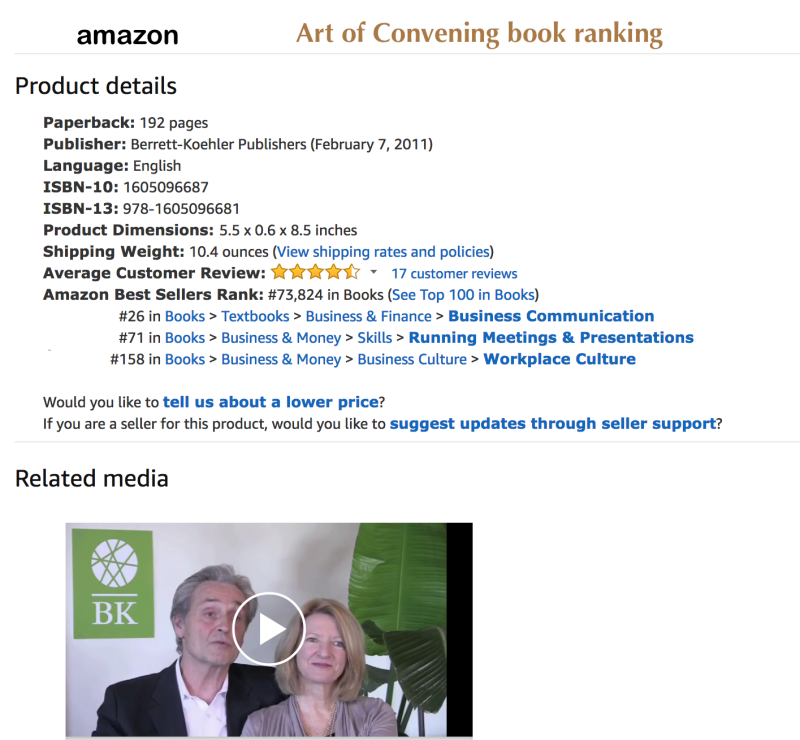





































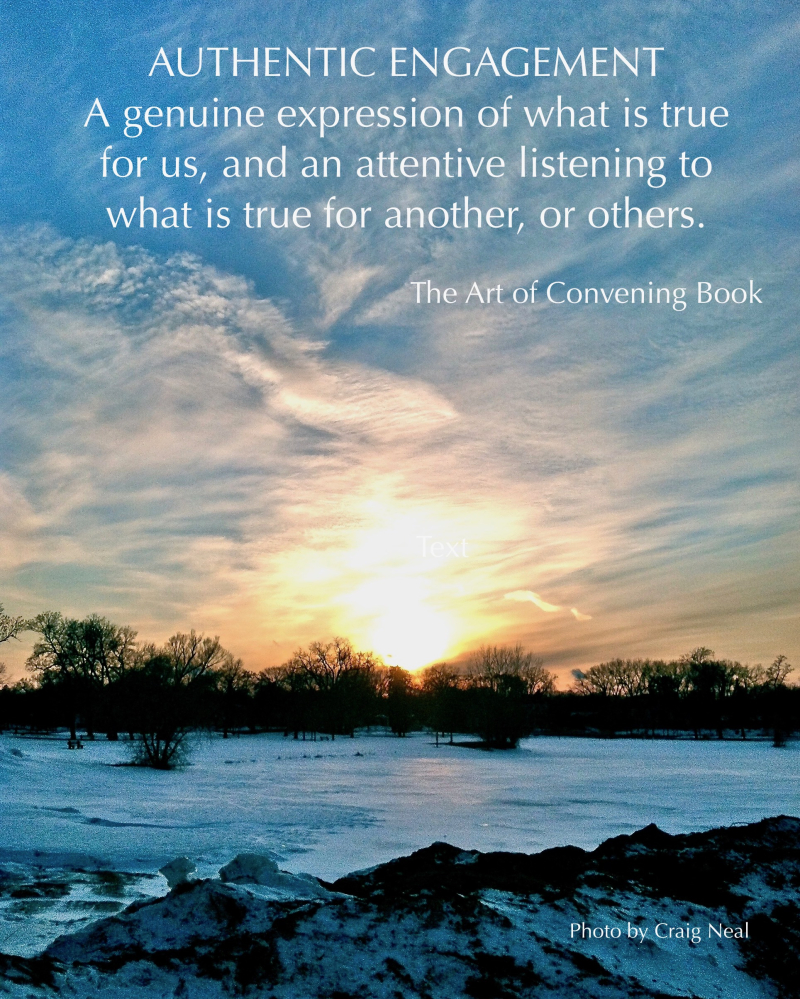

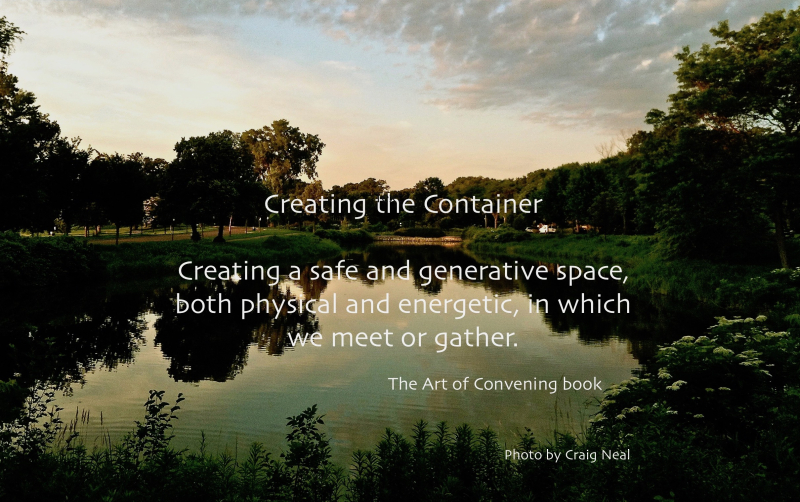

…this idea of worthiness, that struggle we go through as a nation, happens all the time.
Edward Dugger III, president of Reinventure Capital and an early pioneer in impact investing, explores the intersection between the venture capital community and racial equity.